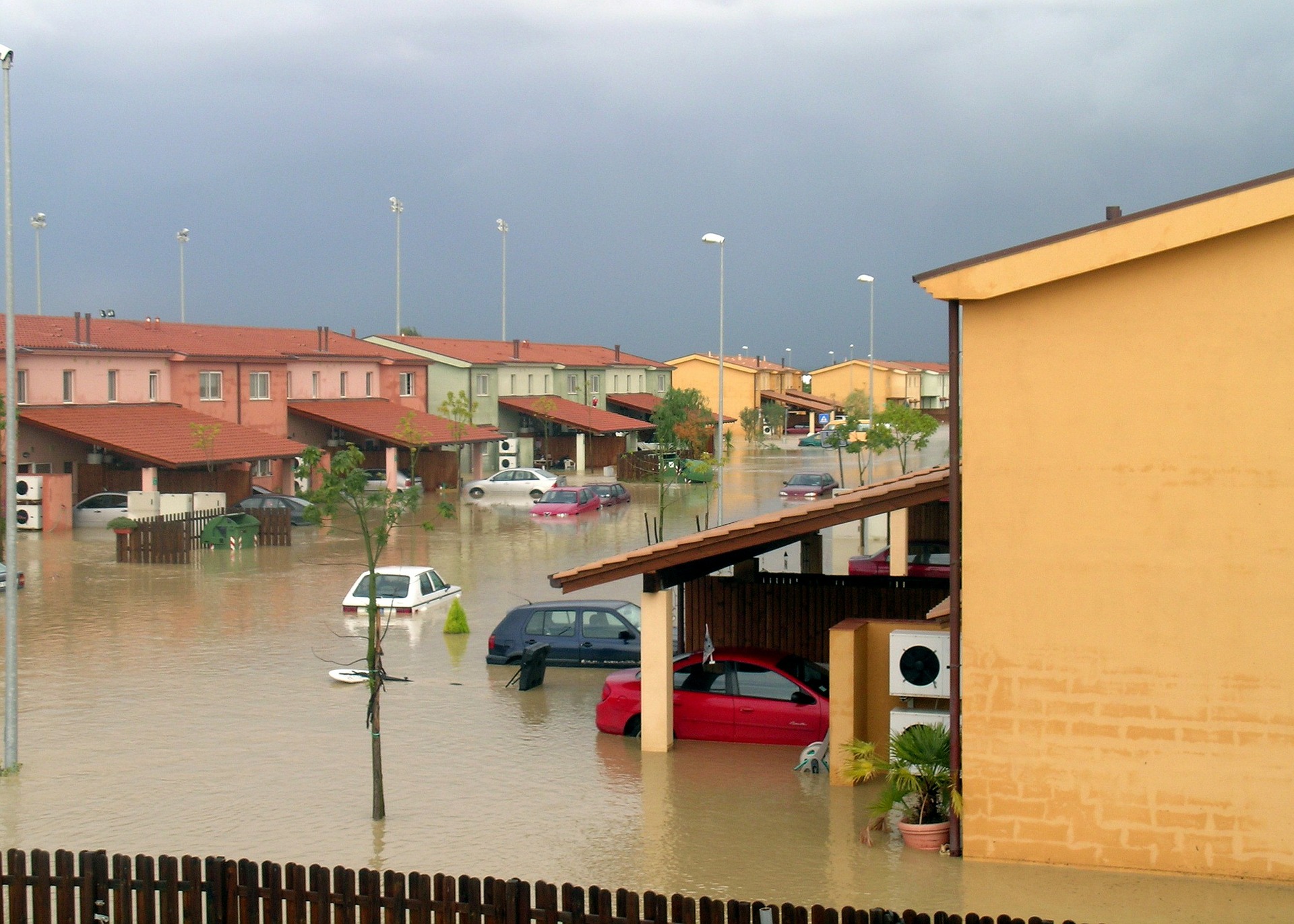Introduction
While the majority of us would welcome a downpour in the hot summer seasons, for those of us who own a house with a crawlspace or a basement, we can only cross our fingers and hope it doesn’t rain so hard as to raise the water table and flood our basement. And in places where rainfall is frequent and plentiful, it’s no longer a matter of if your basement will be flooded, but when. Luckily for us, however, we now have a solution to this problem: sump pumps.
How sump pumps work to keep your basement dry
The working principle behind a sump pump is quite simple. The idea here is to collect water from a pit (called a sump pit) in the ground of your basement, which is dug deep enough to reach the water table when it starts to rise during the rainy season. The pump is then used to collect water from the pit as it fills (automatically activating when the water reaches a certain level in the pit) and suck it up and carry it outside the house through a system of pipes. In this way, your basement is kept dry in the case of flooding.
Why opting not to install a sump pump is a bad idea
Never underestimate the damage a single flooding event can have on your basement. Any electrical appliance you stored in your basement is more or less done for after being submerged in water, and your washing machine may be the first to go. The water from flooding may take days to clear from your basement, during which space is practically unusable and a breeding ground for germs and parasites. Stagnant water can also do a real number on your house’s foundations, weakening it structurally and making it more likely to collapse after some time.
Installing a sump pump as a precaution to flooding is the best way to avoid these unpleasant outcomes.
Choosing the right sump pump for the job
One size does NOT fit all, and this is especially true when it comes to sump pumps. Not every sump pump is suitable for every household, and you’d have to do quite a bit of research before you can pick a sump pump that would be best for your house and situation. However, no matter what model you pick up for inspection, you only really need to consider two things when buying a sump pump:
1 – Pedestal or submersible?
Strictly speaking on working mechanism, there are two kinds of sump pump: the pedestal and submersible types. As their names suggest, the pedestal works by being fitted over the sump pit and sucking water out of it through the use of a pipe that extends down into the pit, while the submersible pump sits in the pit and sucks water directly from it as the pit fills up. Overall, submersible pumps are far better at water removal, because they sit right in the pit and so can suck water much better than their pedestal counterparts. They do, however, trade durability for this increased efficiency, since a motor submerged in water isn’t bound to last as long as one that’s kept safe from it, no matter how tightly sealed it is. Pedestals also cost relatively less, which something to remember when deciding between these two factors.
2 – Power Source
When it comes to a power source, there are three significant kinds of sump pumps: mechanical (hand-powered), electrical and water powered. As far as efficiency goes, mechanical pumps are the worst off and should only really be kept around as backup pumps. Electrical pumps are the best at removing water but should you experience a power outage during the rain; they will be rendered useless.
Water powered pumps rely on water pressure from your water mains, so aren’t affected by this power outage, but their performance is very varied. The best solution is to buy an electric sump pump that has a battery backup (like the Zoeller sump pump battery backup) and having a water-powered pump installed as a backup to this main pump.
Conclusion
All in all, a sump pump is a necessary utility to have by your side to prevent flooding in your basement. After all, even if you end up having to buy quite an expensive sump pump, the cost will never compare to that of the damages incurred by your basement flooding.
Add The Sports Daily to your Google News Feed!







